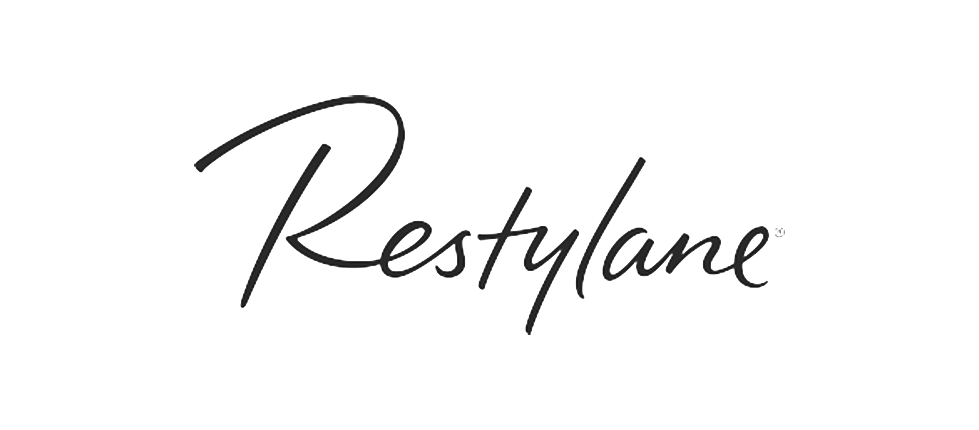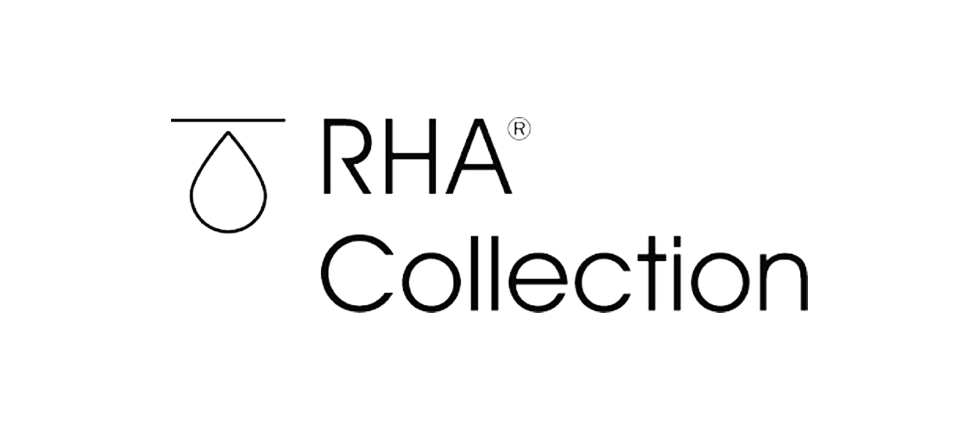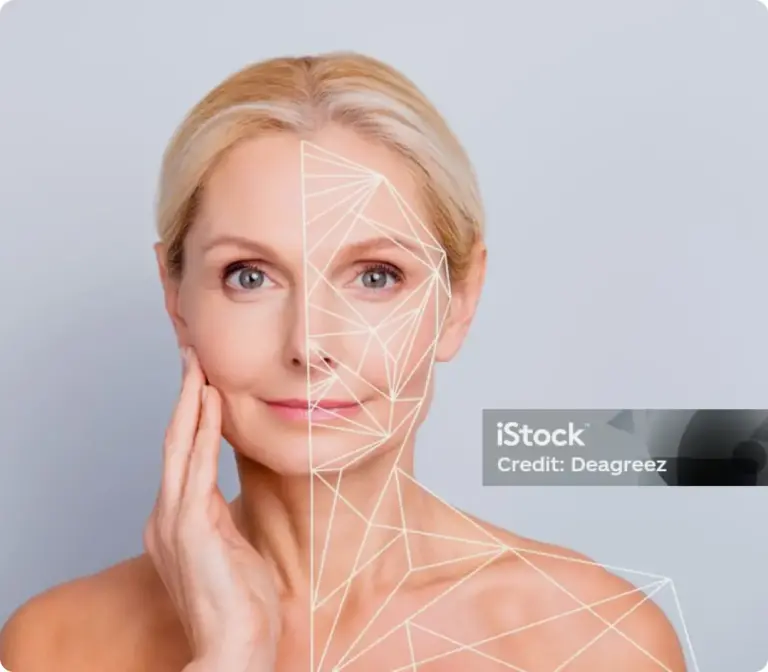Learn how gel injections restore volume, soften creases, and smooth fine lines.









Lorem ipsum dolor sit amet, consectetur adipiscing elit. Ut elit tellus, luctus nec ullamcorper mattis, pulvinar dapibus leo.

Consectetur adipiscing elit. Ut elit tellus, luctus nec ullamcorper mattis, pulvinar dapibus leo. dolor sit amet, consectetur adipiscing elit. Ut elit tellus, luctus nec

Lorem ipsum dolor sit amet, consectetur adipiscing elit. Ut elit tellus, luctus nec ullamcorper mattis, pulvinar dapibus leo.

Lorem ipsum dolor sit amet, consectetur adipiscing elit. Ut elit tellus, luctus nec ullamcorper mattis, pulvinar dapibus leo.
Dermal fillers are a cost-effective way to achieve a more youthful appearance without invasive surgery.
In addition to enhancing volume in sagging skin, fillers create symmetry in facial features and increase lip fullness.
Filler sessions typically last less than an hour, and recovery time is minimal compared to many other procedures.
What they are, what to expect, and info on different types of fillers.
Medically reviewed by
Audrey Coleman | Certified Physician Assistant
Dermal fillers are gel-like substances injected beneath the skin to restore lost volume, smooth lines, soften creases, or enhance facial contours. It’s a cost-effective way to achieve a more youthful appearance without surgery or downtime.
There are various filler options, including synthetic materials, substances naturally found in the body, and fat from your own body.
For your safety, only use FDA-approved, brand-name fillers administered by a licensed medical provider.
As we age, our body has less collagen, elastin, and hyaluronic acid, which are vital components of skin, muscle, bone, and connective tissue. That depletion leads to skin laxity, volume loss, thinning, decreased elasticity, and sagging.
Facial fat grafting procedures are more involved and invasive as they involve liposuction to remove fat from the body.
It’s best to leave the area alone after treatment — no touching, rubbing, or putting pressure on it. This helps ensure the filler stays in place and prevents any issues.
You should also hold off on dental work, facials, or massages for the first two weeks. This will give the treated area time to settle and heal.
As for working out, take it easy for the first 24-48 hours.
If you experience mild swelling, bruising, or redness, a cold pack should help. Avoid aspirin and alcohol, as they can make bruising worse.
Remember that too much sun and heat can make swelling or discomfort more noticeable. Try to stay out of the sun, but if you need to go out, use a high-SPF sunscreen to protect the area.
Lastly, carefully follow your healthcare provider’s aftercare instructions for the best results. Looking for a provider? Check out our directory!
Your provider will review the pros and cons of dermal filler options and guide you through the decision process.
The risks associated with dermal fillers depend on the type and how permanent they are. Fillers that are FDA-approved in the United States have a strong safety profile. The most common side effects include bruising, tenderness at injection sites, redness, temporary firmness of the filler, and transient discomfort.
Rare complications include acne-like skin eruptions, asymmetry, scarring, infection, and nodules.
In severe rare cases, the filler may be unintentionally injected into a blood vessel, leading to possible skin necrosis and even blindness.
It’s essential to address any concerns or questions with your provider, especially about any complications that might need immediate attention.
While most people are happy with their results, it’s good to remember that perfect results aren’t guaranteed. Because of the potential risks, ensure your treatment is done by a qualified provider who knows what they’re doing and can handle any issues.
Volume restoration refers to replenishing lost volume in specific areas of the face.